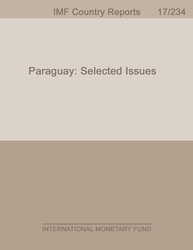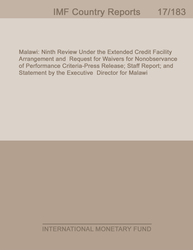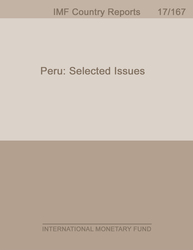
Paraguay: Selected Issues
Paraguay has several public and private institutions that provide contributory old-age pension programs.
READ MORE...
Volume/Issue:
Volume 2017
Issue 234
Publication date: July 2017
ISBN: 9781484312216
$18.00
Add to Cart by clicking price of the language and format you'd like to purchase
Available Languages and Formats
| English | ||||
| Spanish |
Prices in red indicate formats that are not yet available but are forthcoming.
Topics covered in this book
This title contains information about the following subjects.
Click on a subject if you would like to see other titles with the same subjects.
Labor , Public Finance , Demography , ISCR , CR , real GDP , IPS program , IPS contributor , health program , Instituto de Prevision Social , IPS pension program , Paraguay--financial assets , fund staff calculation , Health care spending , Pension spending , Pensions , Aging , South America
Also of interest
Summary
This paper highlights about a relatively large young population is a key strength for Paraguay’s pension and health systems, a demographic shock will pose a key challenge. Fertility rates, measured as the number of children per woman, have already dropped substantially—from 6½ children per woman in the 1950s to 2.6 children per woman over 2010–2015. A rise in social security coverage will also impact the Instituto de Provisión Social (IPS), pension program over the longer term. Contributors have risen from 13 percent of the labor force in 2010 to around 21 percent in recent years. The authorities are also proposing new legislation to reform pension’s oversight and investments. While Paraguay’s financial system remains bank-based, the IPS and other pension funds are key institutional investors. The projections are based on a mix of data and assumptions from local and international sources. Demographic projections are those of the United Nations Population vision while data on labor force come from the International Labor Organization.
Copyright © 2010 - 2024
Powered by:
AIDC



